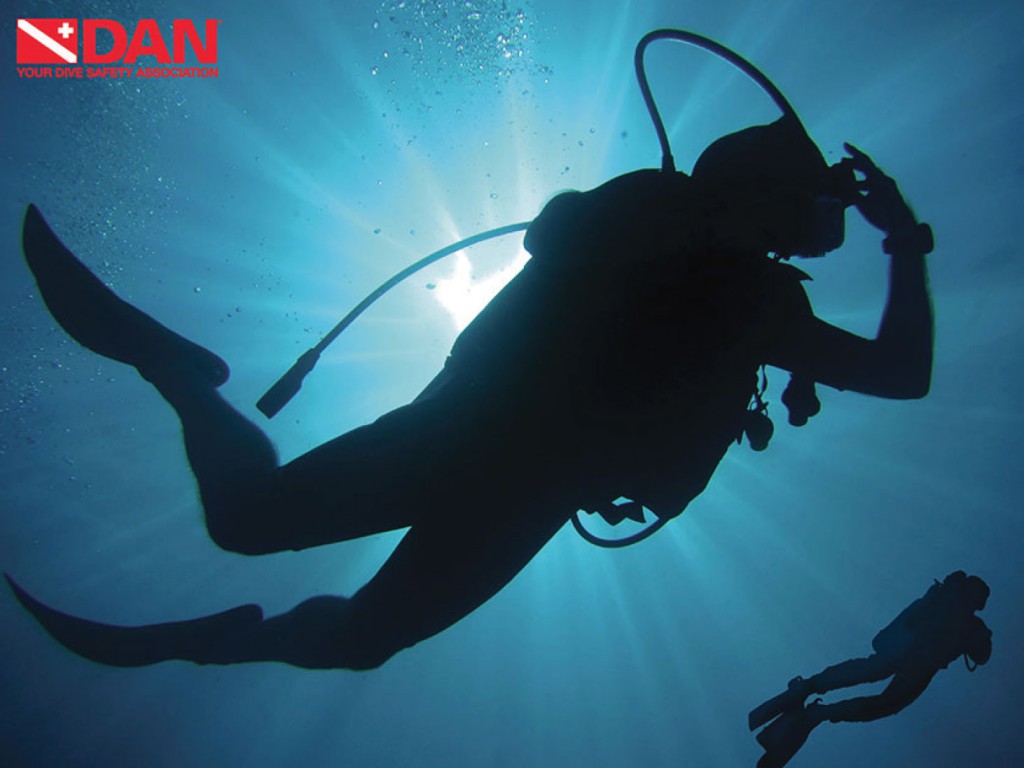From simple cases of swimmer’s ear to the serious and sometimes lasting damage of barotrauma, divers are vulnerable to ear problems because the delicate mechanisms that govern our hearing and balance just aren’t designed for the rapid pressure changes that result from diving.
Fortunately, ear injuries are preventable.
Your middle ears are dead air spaces, connected to the outer world only by the Eustachian tubes running to the back of your throat.
If you fail to increase the pressure in your middle ears to match the pressure in your outer and inner ears, the result is painful middle ear barotrauma, the most common pressure-related ear injury.
The key to safe equalizing is opening the normally closed Eustachian tubes. Each has a kind of one way valve at its lower end called the “Eustachian cushion,” which prevents contaminants in your nose from migrating up to your middle ears. Opening the tubes, to allow higher-pressure air from your throat to enter your middle ears, normally requires a conscious act. Swallowing usually does it.
